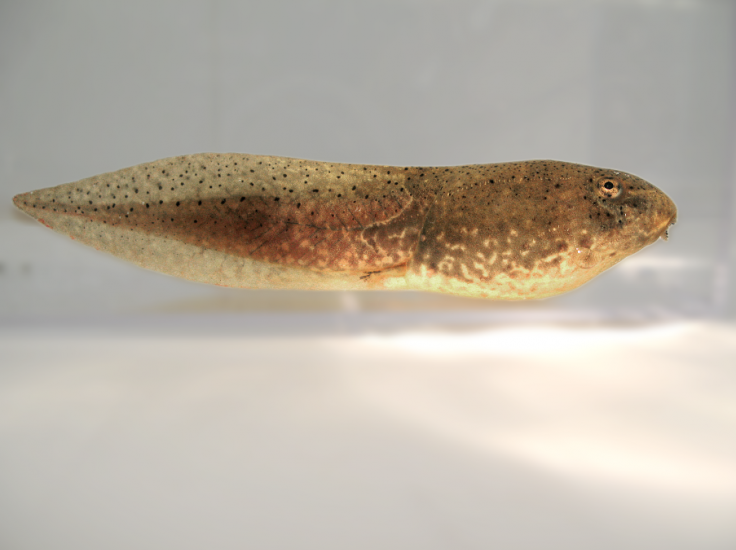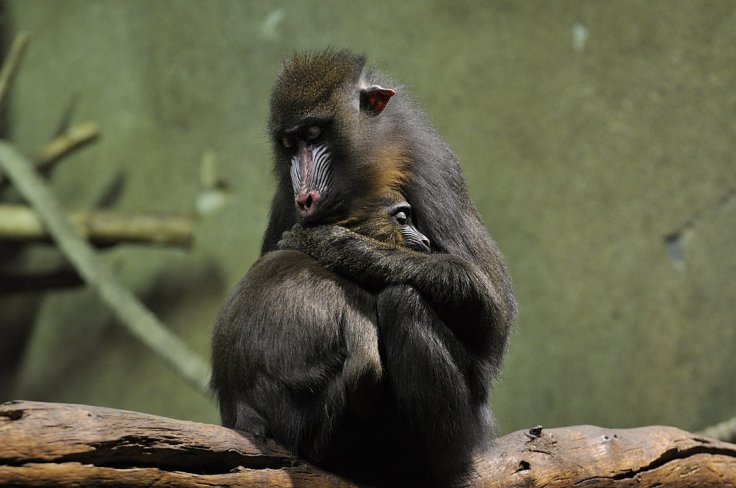During a virus pandemic, social distancing has been a must to curb the spread and avoid getting sick. But the ongoing Coronavirus pandemic has taught us that humans are not so good at maintaining it. In many countries, authorities have had to punish people through fines and jail terms to enforce the rule. But humans can take a queue from animals.
Multiple studies done on animal behavior have observed that the healthy ones stay away from sick ones and the social distancing is in their nature to stop the spread.
Frogs follow
Joseph Kiesecker, lead scientist of Nature Conservancy's conservation lands team, discovered that American bullfrog tadpoles were one of the animals to maintain social distancing, CNN reported. Apart from it, garden ants, lobsters, birds and insects also have it in nature to avoid sick animals.

In the study that was done for over two decades, Kiesecker infected a tadpole with the pathogen and placed it near healthy ones. The healthy tadpoles could detect chemicals from the infected ones and stay away. When Kiesecker forced a healthy tadpole to stay with an infected one, the chances of transmitting the contagion increased based on the proximity.
"It was clear they were using behavior when given the choice to be near an infected individual, they avoided that infected individual," he said.
Lobsters: In another study, a Caribbean spiny lobster was infected with contagious Panulirus argus virus 1 and placed into the shallow reefs of Florida Keys. But when the healthy ones found out that the sick lobster's urine smelt different and stayed away. Lobsters generally stay close in a group to avoid predators and prey.
A follow-up study, done in 2013 in Marine Ecology Progress Series, scientists observed that infected lobsters contained chemicals in their urine and the healthy ones use that as a signal. When the researchers used a substance to block the urine-releasing organs, the healthy ones could not detect the smell and bring the sick one back in the group.

Garden ants: Similarly, garden ants also observe safe distancing despite being one of the most social creatures in the world. Nathalie Stroeymeyt of the University of Bristol in England did an experiment, which was published in Science journal. In the study, she used small digital tags to track the ants' movement.
Stroeymeyt and her team found that when they were introduced to the deadly Metarhizium brunneum fungus, which spreads through physical contact, the sick ones left the colony and isolated themselves. The healthy ones too stayed away from interacting with each other.
Birds: Even some birds use the method as well. In a study, Maxine Zylberberg and her team placed house finches in three adjacent cages. The central birds were placed with a healthy one and a sick. The team of scientists used an injection on the sick bird to mimic lethargy.

They observed that the central bird avoided the sick one. But it varied too. Birds with higher immune response didn't mind staying with the sick ones but birds with lower immunity avoided any contact.
Primates such as mandrill, despite being highly social, avoided contact with the sick one while in fish, guppies practiced social distancing equally. Mongoose too follows the same behavior. But despite being more intelligent and possessing evolutionary experience of dealing with outbreaks show little to no care for social distancing norms among many humans.









